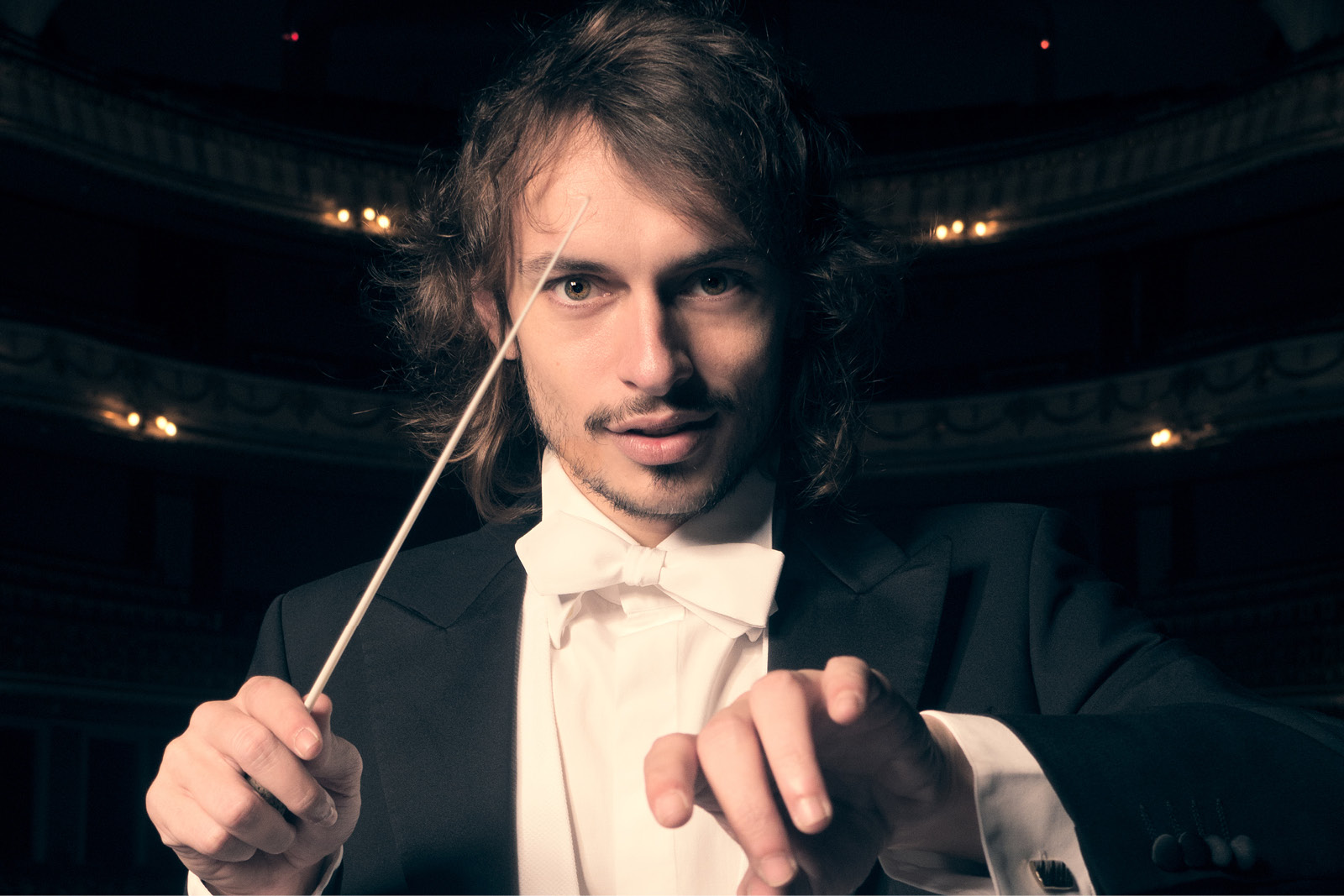Your concert with the ANAM Orchestra features music commissioned by Diaghilev’s Ballet Russes. What made this era so creatively fertile?
Diaghilev’s Ballets Russes started just a few years before the First World War and the political context of Europe helped him to achieve an immense success. Revolutions and civil wars brought together in Paris some of the most talented artists exiled from the whole continent and Diaghilev was clever enough to put them together to create some of the finest works that we have from that period. It was adversity and the search for meaning that made this era so creatively fertile.
 Eduardo Strausser. Photo © Charles Brooks
Eduardo Strausser. Photo © Charles Brooks
You’re presenting the Polovtsian Dances from Borodin’s Prince Igor, selections from Falla’s The Three-Cornered Hat Suite and the 1947 version of Stravinsky’s Petrushka. Why did you choose these three works?
The works we perform are very different and similar at the same time. They all use popular culture and folklore as the main material for the compositions. De Falla and Stravinsky explore the human condition through archetypal love stories and their music is programmatic. Borodin’s Dances open the program because they were also one of the...











Comments
Log in to join the conversation.